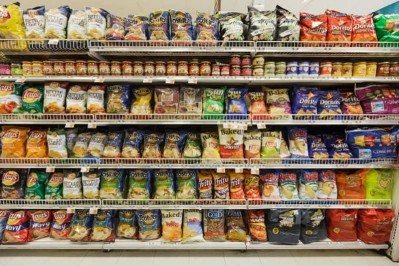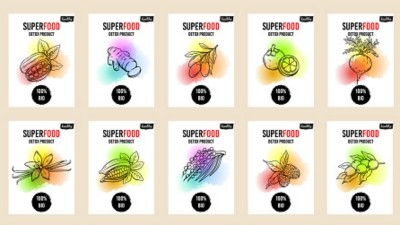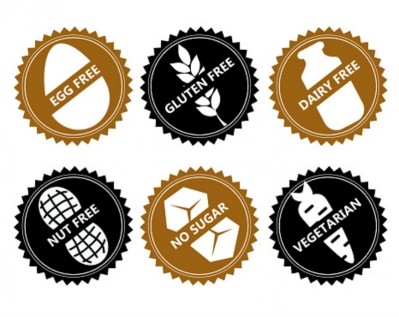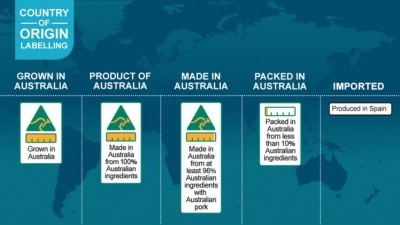Time to stop observing: How Australia can play catch-up in the plant-based protein space

The report was Australian independent meat alternatives and cell-based meat accelerator and think tank Food Frontier’s Meat Re-Imagined and focused on the global emergence of alternative proteins and what this would mean for Australian.
“To date, leading researchers and companies in the U.S., Europe and Asia have forged ahead with new production processes and products, while Australia has largely remained an observer,” said Food Frontier CEO Thomas King.
“However, Australia has a window of opportunity to become a first-mover, harness its expertise and infrastructure, and become highly competitive as the industry scales up.”
One of Australia’s main competitive edges as identified by the report was that of experience.
“Australian manufacturers and processors have particular experience producing specialty processed foods that meet flavour (e.g. European and Asian tastes), convenience (e.g. ready-to-serve), nutritional benefits (e.g. salt/fat/sugar reduced) and functionality (e.g. probiotics) requirements,” said the report.
“These same requirements have been an area of focus for R&D of plant-based and cell-based meats, meaning Australia is well placed to develop and manufacture such products.”
A separate study commissioned by the Australian Trade and Investment Commission (Austrade), also found that food processors in Australia ‘excel in applying the latest food technologies and manufacturing processes’ for these purposes.
Agriculture and local demand
Additionally, the report authors suggested that Australia leverage on its current agricultural expertise to further establish itself in the global alternative proteins market, particularly for plant-based products.
“Current plant-based meat products are largely comprised of protein from pulses and grains, presenting a new supply opportunity for farmers,” they said.
Australia produces over two million tonnes of pulses, in addition to 50 million tonnes of coarse grain, rice and wheat yearly. Due to strict pest and disease controls as well as a broad range of climates, many varieties of fresh produce can be obtained all year round.
“Alternative proteins can form part of the new narrative of Australian food production, providing opportunities [through] demand for new crop varieties and primary inputs,” added the report.
Further strengthening this argument was the country’s high local demand for alternative proteins. Australia ranked first worldwide in terms of veganism popularity, indicating that demand for alternative protein sources is soaring.
“Australia is one of the fastest growing markets in the world for plant-based products, with a projected CAGR of 9.6%,” said the report.
“[An] increasing number of plant-based products are becoming widely available, [but] a considerable number of [these] currently available in the Australian market are imported.
“A significant opportunity exists to satisfy this demand with locally produced products, made with Australian-grown ingredients.”
Exports and Australian branding
According to King, the Australian brand is in itself a key to unlocking appeal for alternative protein products produced in the country.
“Australia’s globally trusted brand is synonymous with safe, high quality food – a testament to the integrity of our production systems and manufacturing capabilities,” he said.
“[We are] ideally placed to leverage our wealth of research and manufacturing capabilities as well as the production and marketing expertise of the conventional protein sector to rapidly scale-up.”
According to the report, food safety and security is a high priority in major Australian export markets such as China.
“Chinese consumers are increasingly demanding ‘fresher foods of higher quality with a stronger safety record’ – foods that Australia continues to supply,” said the authors.
All in all, a combination of positive consumer sentiment for Australian products, lack of existing alternative protein exports and growing demand for such options in Asia was seen to be an ‘immediate export opportunity’ for Australian alternative protein products.



















